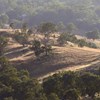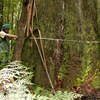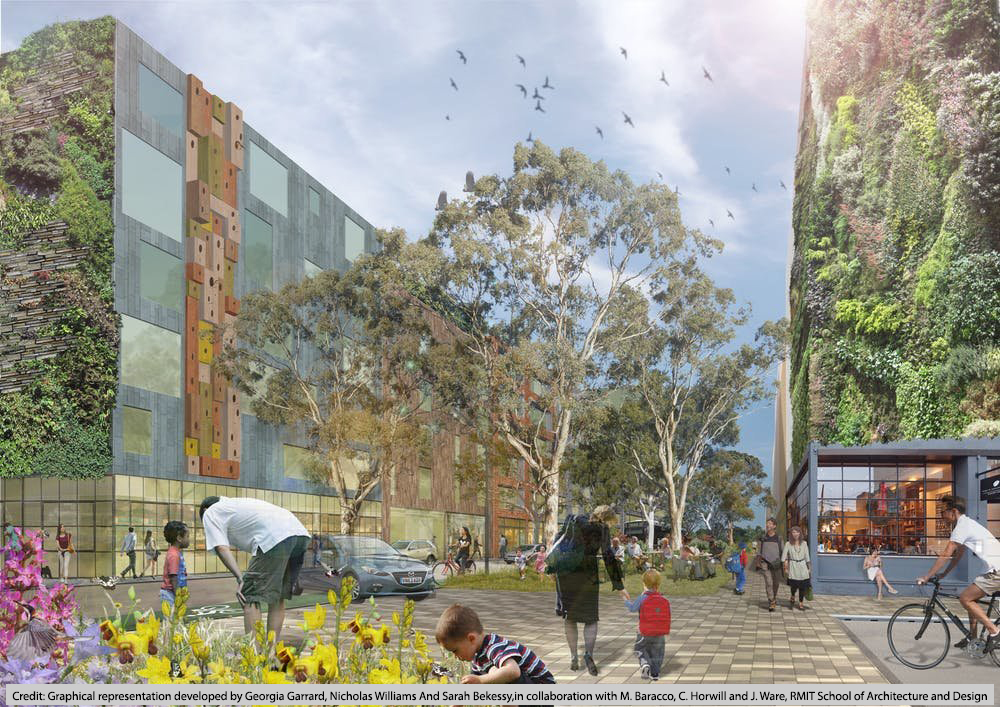
Business–Biodiversity webinar series: Putting biodiversity into business decisions
Wednesday, 28 October 2020Intact ecosystems and biodiversity resilience are key to a sustainable future society and economy, but human activity has degraded our biodiversity and ecosystems. These losses are being exacerbated by changing climate and weather extremes, drought, altered fire seasons and an increased risk of natural disasters. Integrating biodiversity in business decisions has never been more critical. The Threatened Species Recovery Hub’s Dr Holly Vuong, Heather Christensen and Dr Rachel Morgain report on how our recent webinars have been exploring these issues with the Australian business community and other interested groups.
Getting down to business
To showcase ways to help business systems work for ecosystems, the Threatened Species Recovery Hub teamed up with the Business Council for Sustainable Development Australia for a series of four Business–Biodiversity webinars. Running from 14 July to 4 August 2020, they examined climate risk, biodiversity loss and ecosystem risk, and highlighted how disparate sectors like finance, consulting and agriculture can address environmental challenges. Between them, the four webinars sought to open avenues for better integrating biodiversity research and business decision-making.
The first, “Biodiversity and ecosystem risk to businesses”, saw hub director Brendan Wintle and MinterEllison’s Head of Climate Risk Governance Sarah Barker introduce the environmental and financial risks for business of biodiversity loss and ecosystem degradation, globally and in Australia.
The theme of business decisions was reprised in the final webinar, “Mitigating impact and assessing performance: Tools for business decisions”, which also touched on carbon offsetting.
Urban and agricultural landscapes
The second and third webinars looked at case studies in productive landscapes. “Nature based opportunities for resilient cities” highlighted the importance of nature for human health, and looked at how to make cities resilient to climate shocks, urban heat island effects and changed ways of working and living. Clarence Slockee of Jiwah and Chris Nunn of AMP Capital gave examples of their companies’ commitment to natural capital, Indigenous values and heritage. Professor Sarah Bekessy from the NESP Clean Air and Urban Landscapes Hub talked about biodiversity sensitive urban design and everyday nature in cities.
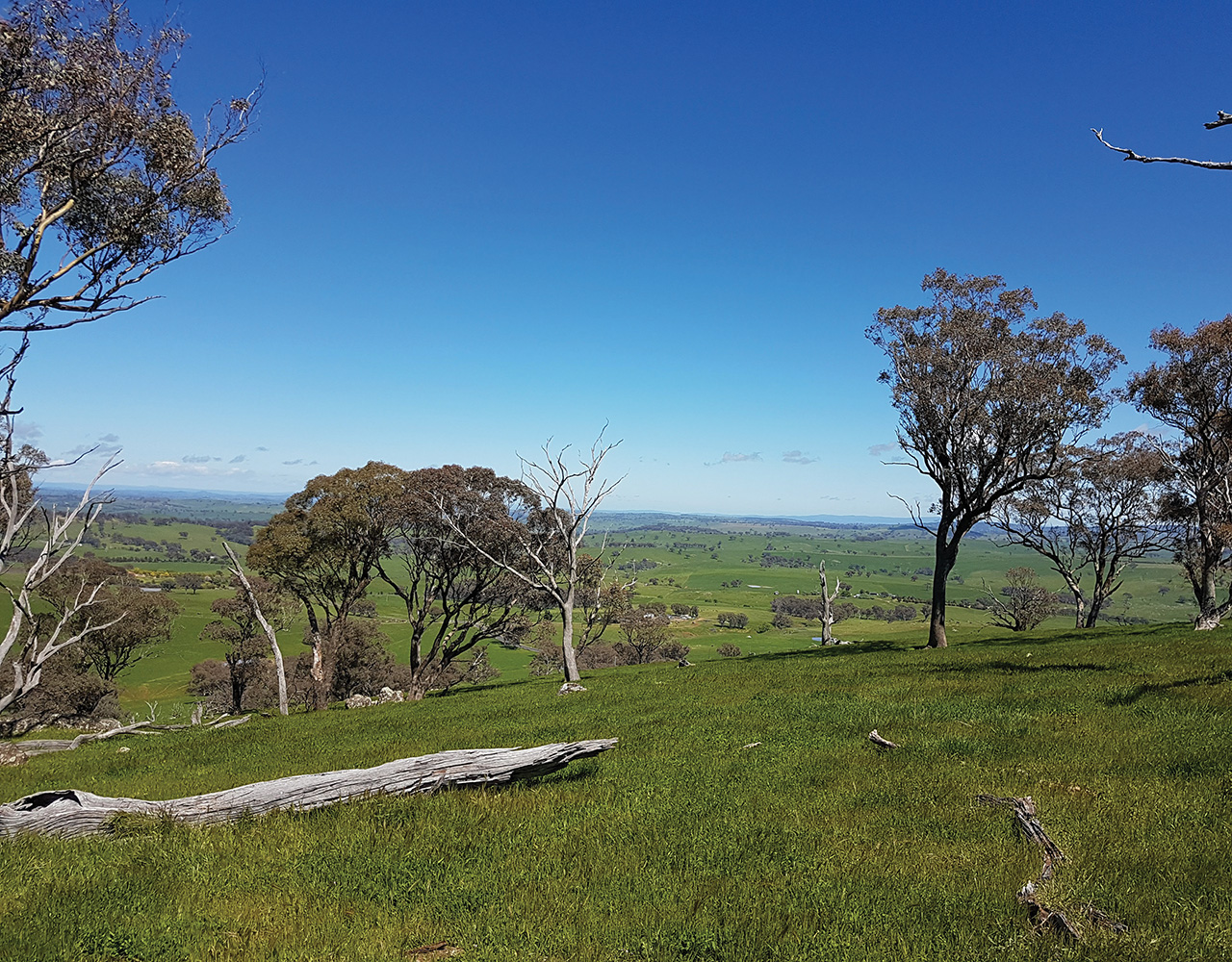 Growing numbers of farmers are improving farm productivity by restoring biodiversity assets. Image: David Smith
Growing numbers of farmers are improving farm productivity by restoring biodiversity assets. Image: David Smith
In “Valuing nature in agricultural landscapes: Tools from science and economics”, presented in partnership with ANU Sustainable Farms, speakers from the agriculture and banking sectors as well as researchers discussed the transformation of our farming landscapes. With agricultural landscapes likely to be under increasing pressures in coming decades to feed a growing population, tools to improve biodiversity on agricultural lands will be key to supporting resilient farmlands and ecosystems.
In total, over 1650 individuals from four continents and a wide range of sectors and backgrounds registered for the webinars. All of the webinars and their related resources are available at the events page of the NESP Threatened Species Recovery Hub website.
Further information
Holly Vuong - holly.vuong@anu.edu.au
Heather Christensen - heather.christensen@uq.edu.au
Rachel Morgain - rachel.morgain@anu.edu.au
Top image: Graphical representation of biodiversity sensitive urban design developed by Sarah Bekessy and Georgia Garrard (ICON Science, RMIT) in collaboration with Mauro Baracco, Catherine Horwill and Jonathan Ware (RMIT School of Architecture and Design).
-
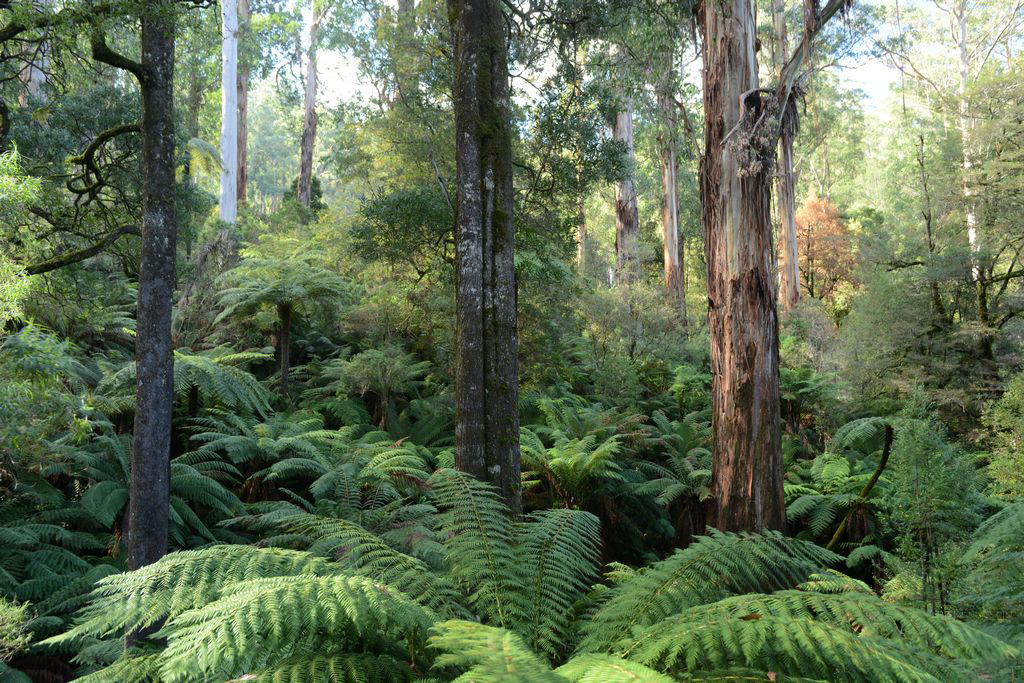
Accounting for ‘a home among the gum trees’
Sunday, 12 March 2017 -
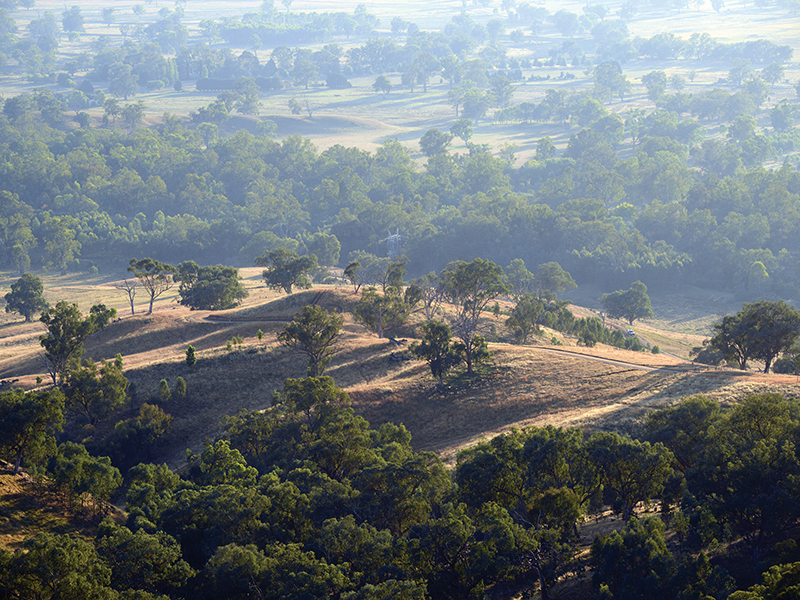
Ecosystem accounting in agricultural landscapes
Tuesday, 30 June 2020 -
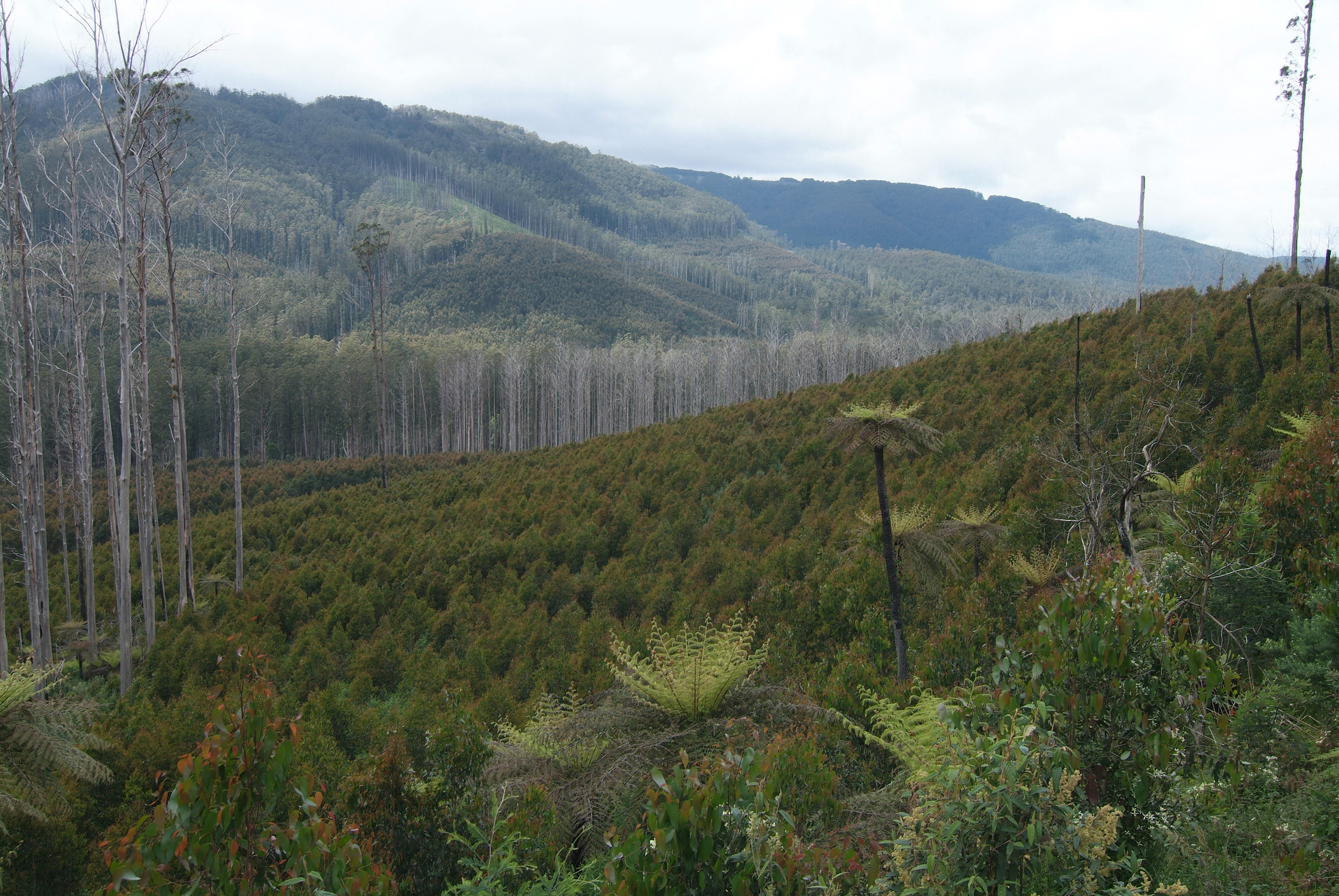
Videos: Environmental Economic Accounts for the Victorian Central Highlands
Monday, 11 December 2017 -
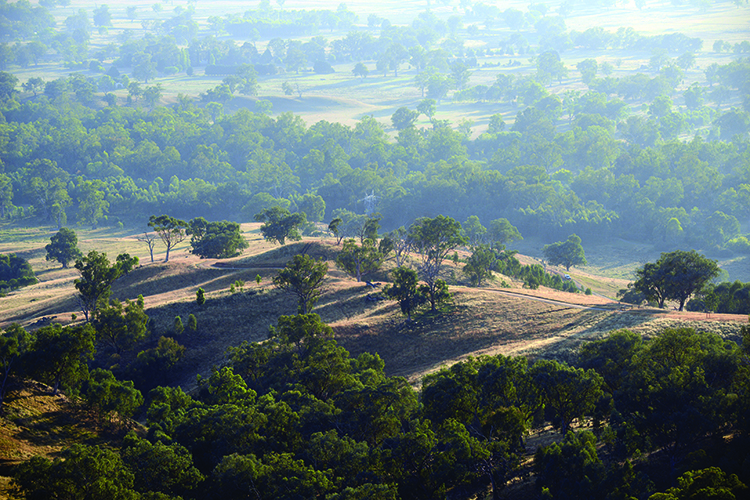
Restoring box gum grassy woodlands
Monday, 01 July 2019 -
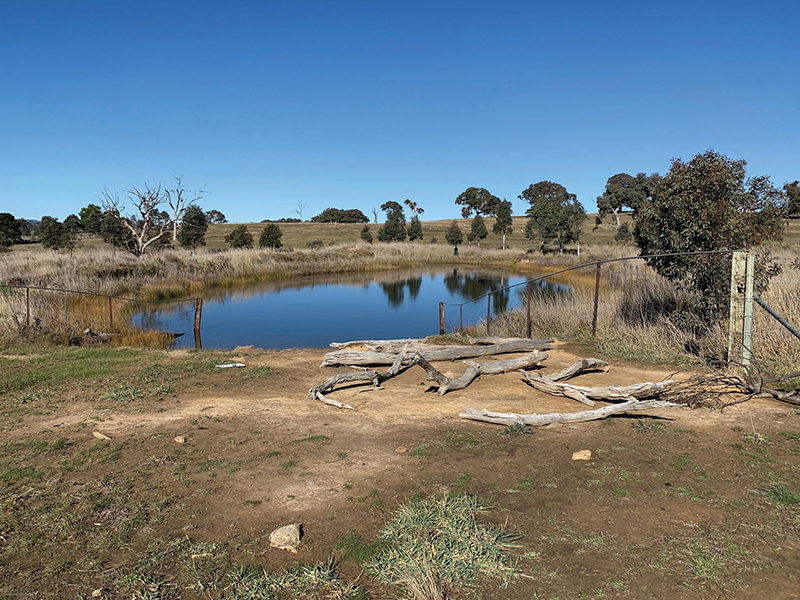
Sustainable Farms: bringing people together to support healthy farms, farmers and profits
Tuesday, 30 June 2020
